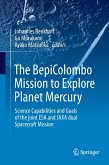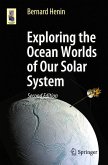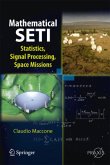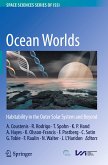Europa, one of Jupiter s four largest moons, was discovered by Galileo Galilei in 1610. Early observations revealed its bright, icy surface, sparking curiosity about the details of its composition. NASA s Pioneer and Voyager missions provided the first close-up images hinting at a subsurface ocean beneath the ice. Additional evidence was supplied by the Galileo spacecraft in the 1990s. More recent observations have strengthened the idea that Europa s putative subsurface ocean may harbor the conditions conducive for biological activity. These discoveries have made Europa a prime target for astrobiological exploration, and NASA s Europa Clipper mission was designated to investigate Europa s habitability. This open-access Topical Collection serves as the primary reference for the mission s science objectives, the instruments used to achieve them, the spacecraft carrying and operating the payload, and the overall mission design.
This book is a part of a set of two volumes on the Europa Clipper mission, featuring the research articles on the mission s science and instruments.
Reprinted from Space Science Reviews, Topical Collection: Europa Clipper: A Mission to Explore Ocean World Habitability.
This book is a part of a set of two volumes on the Europa Clipper mission, featuring the research articles on the mission s science and instruments.
Reprinted from Space Science Reviews, Topical Collection: Europa Clipper: A Mission to Explore Ocean World Habitability.








